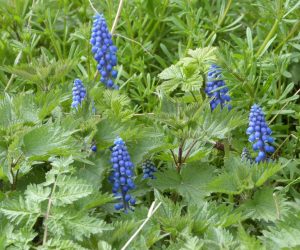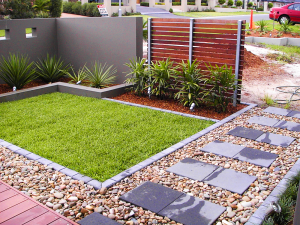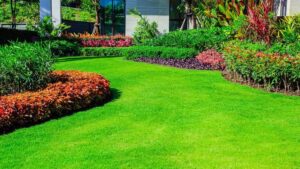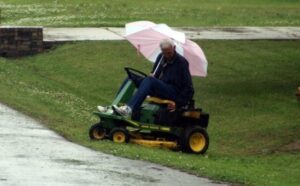
At Foxy Gardens, we know curb appeal is king when you’re trying to sell your home.
A well-maintained yard makes a fantastic first impression, potentially boosting your property value by thousands of dollars.

Call or text now: (519) 208-8680
But just like a stunning looking front yard can impress potential home buyers at the outset, there are also landscaping “faux pas” that can detract from your home’s charm and value, and you may not even know it.
Let’s explore some common mistakes to avoid, that will help keep your curb appeal high:
The Neglected Yard
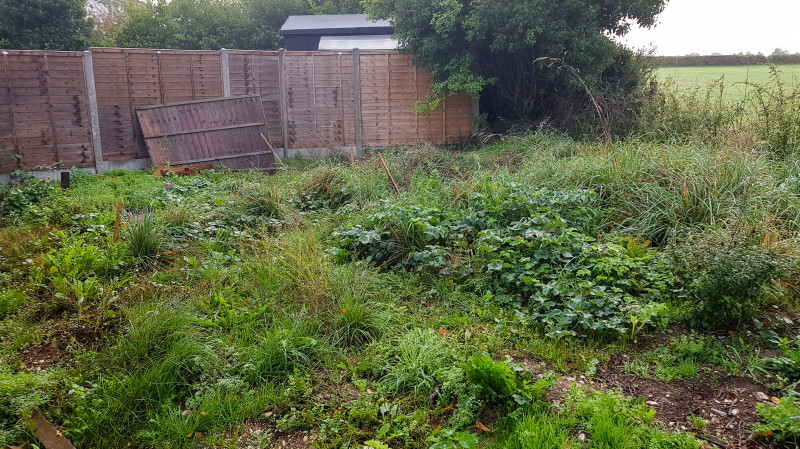
A yard overrun with weeds, overgrown bushes, and patchy grass screams “low maintenance” to potential buyers, who might translate that to a house needing repairs too.
Regular mowing, trimming, and basic upkeep go a long way.
A neglected yard can also be a haven for pests like mosquitos, making it less enjoyable to spend time in.
There is a counterargument here to consider, which is that one might say that a potential home buyer might enjoy the fact that the home has that “fixer upper” look, thinking it can purchase the home for less, since it could be seen as a “dump”.
Or, perhaps a yard with bad character or no character might make it easier for the potential buyer to project their own vision onto the property.
While there is some sense to this logic, what is more likely is that the home buyer might be offered less just because the potential owner would have to clean up the mess.
Overall, it’s hard to argue that a home with a gnarly-looking yard isn’t going to have less curb appeal than a home that looks nice at first glance. Hence, clean it up!
The Overwatered Oasis
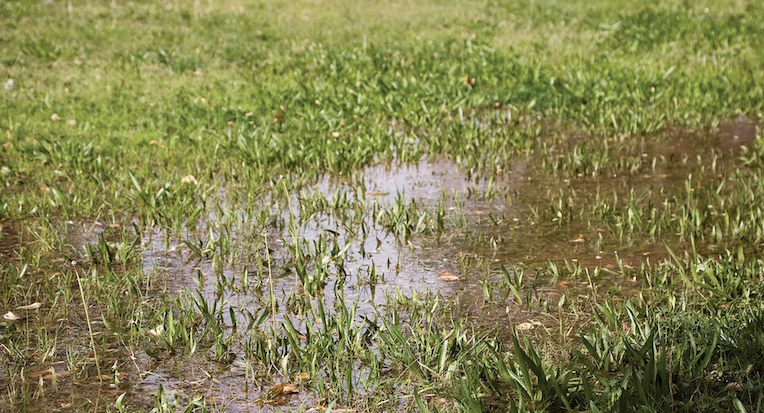
While lush greenery is lovely, a yard that’s constantly soggy or has patchy brown areas from overwatering indicates potential drainage problems.
This can be a costly fix for new homeowners, not to mention potentially leading to mold issues around the foundation.
Not only that, but if a realtor is showing potential buyers around a property, the last thing they want is for their feet to be sinking into the muck, due to overwatering.
Who wants to be on a home tour and be squelching around the yard, wondering if it’s a drainage issue, or some lunatic simply has to water the lawn 24/7.
The Water Feature Faux Pas
Fountains and ponds can add a touch of tranquility, but they also require maintenance and can be seen as safety hazards for families with young children.
A malfunctioning water feature is an eyesore and potential liability.
Consider a low-maintenance alternative like a bubbling rock or a small reflecting pool.
Of course, with the right buyer, having a beautiful waterfall or burbling brook might even increase curb appeal, but you have to think that a lot of potential buyers might be put off by a this type of feature, if only because it makes it more difficult to remove it, if in fact they aren’t interested in having such a high maintenance feature.
One things for sure – it’ll either be a major selling point, or it won’t. Not many people are going to be indifferent to a massive waterfall in the middle of the yard.
The “Specimen Tree” Syndrome
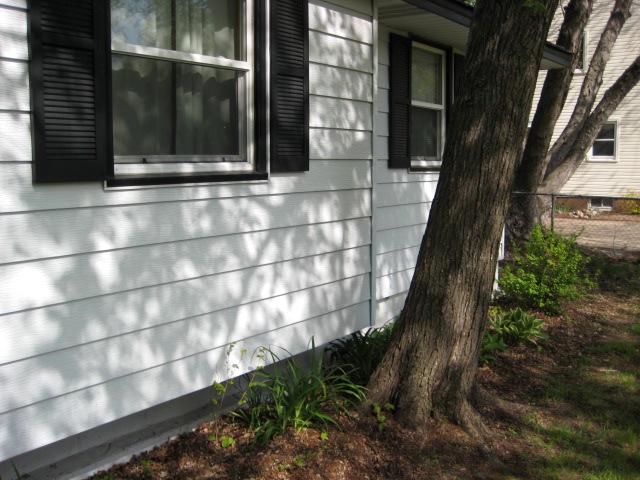
Planting trees too close to the house can damage the foundation with their root systems, and block sunlight from entering windows.
Large, overgrown trees near power lines can also raise safety concerns.
Choose the right tree for the right spot, considering mature size and proximity to structures. Bottom line: this is a ghetto look and no one in their right mind likes it.
But say, why not opt for native species that are well-suited to your climate and soil conditions.
The DIY Disaster
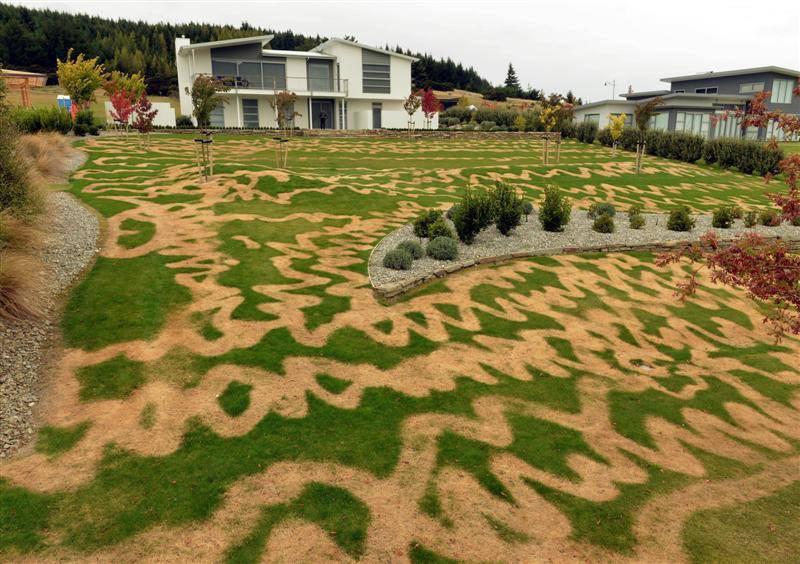
While DIY landscaping can be rewarding, poorly executed projects can backfire.
Wonky walkways, uneven planting beds, and mismatched materials look unprofessional and bring down the overall aesthetic.
If you lack experience, consider consulting a professional landscaper.
Their expertise can help you avoid costly mistakes and create a design that complements your home’s style and maximizes your curb appeal.
At the very least, talk to two people that you know well who will give you the honest truth about whether your foray into DIY landscaping looks good or not, because you might be surprised to find that they tell you it may not be having the desired effect.
The Concrete Jungle
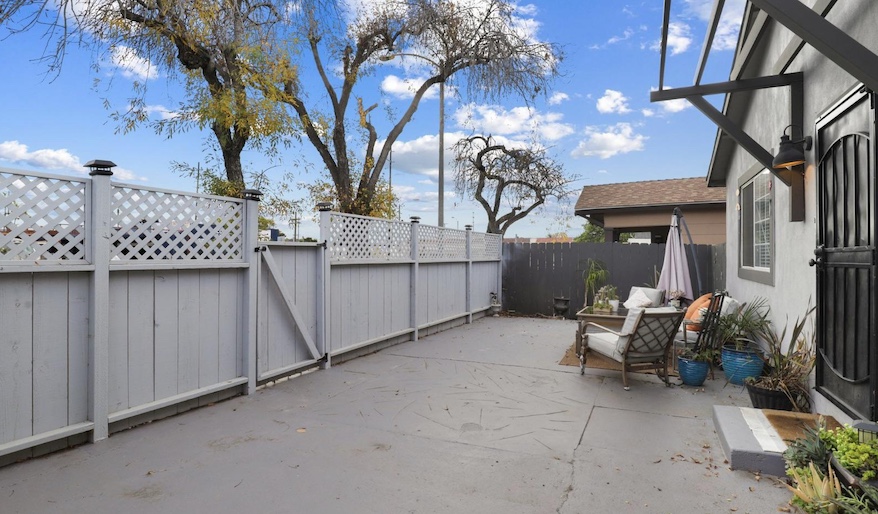
Excessive paving or hardscaping creates a sterile feel and reduces drainage.
Lawns and natural areas not only add beauty but also help manage rainwater runoff, preventing flooding and foundation problems.
Consider incorporating permeable pavers or gravel walkways to allow water to seep back into the ground.
The Fence Faux Pas

Fences that are too tall or block sunlight can make your property feel closed in and uninviting.
Opt for shorter fences or ones with open designs that complement your home’s style.
Consider natural fencing materials like wood or hedges, which can add a touch of privacy without feeling overbearing.
The “Everything and the Kitchen Sink” Landscaping
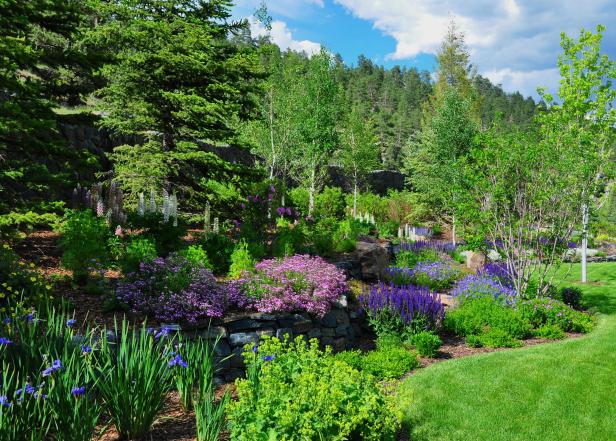
A cluttered yard with too many competing elements – mismatched plants, excessive decorations, and winding paths that lead to nowhere – can be overwhelming.
Aim for a cohesive design that uses repetition, scale, and texture to create a sense of balance.
Choose a few key plants that complement each other and your home’s exterior, and arrange them in a way that is pleasing to the eye.
Neglecting Local Regulations
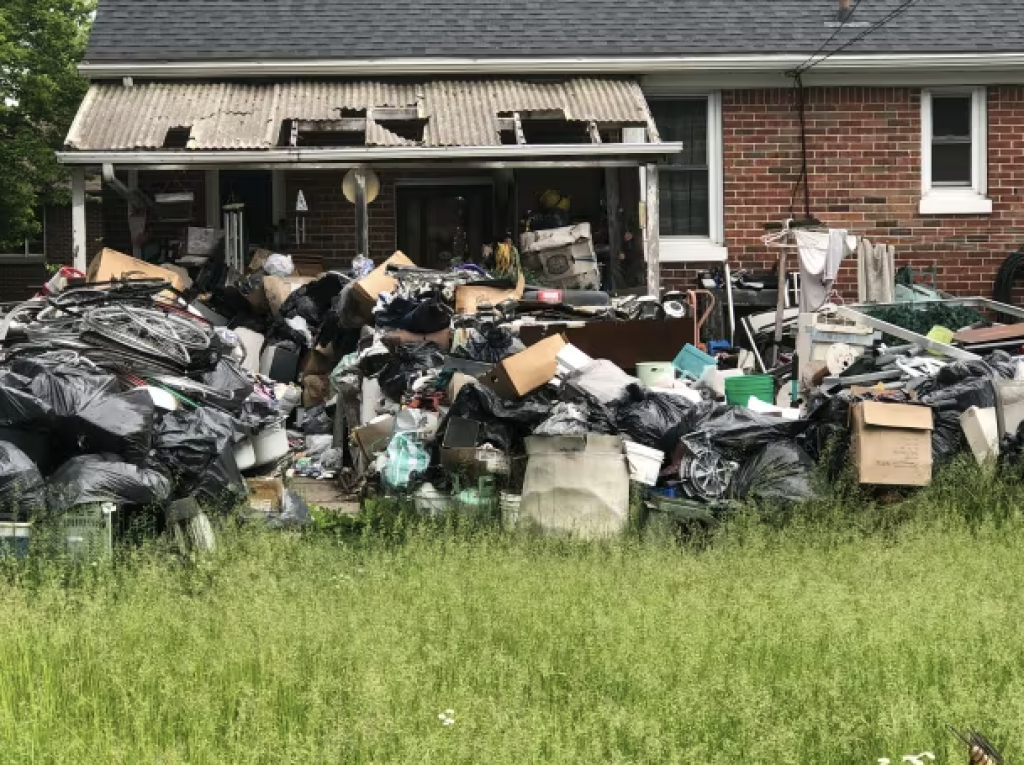
Some homeowners associations (HOAs) have strict landscaping guidelines.
Ignoring these rules can result in fines and force you to redo your landscaping.
Before making any major changes to your yard, be sure to familiarize yourself with any HOA regulations or city ordinances that might be in place.
Planting the Wrong Plants

Plants that require excessive care, have invasive root systems, or attract pests can become a burden for new homeowners.
Choose low-maintenance, native plants that thrive in your climate.
Native plants are also more likely to attract beneficial pollinators like butterflies and bees, adding to the beauty and ecological value of your landscape.

By avoiding these landscaping pitfalls, you can ensure your outdoor space enhances your home’s beauty and value.
Remember, a well-maintained landscape is an investment that can pay off handsomely when it’s time to sell.
For an extra boost, consider incorporating features that are both attractive and functional, like a fire pit for entertaining or vegetable gardens for fresh, homegrown produce.
Watch our video where we stroll the streets and try to identify no no’s for landscaping that can reduce curb appeal!


